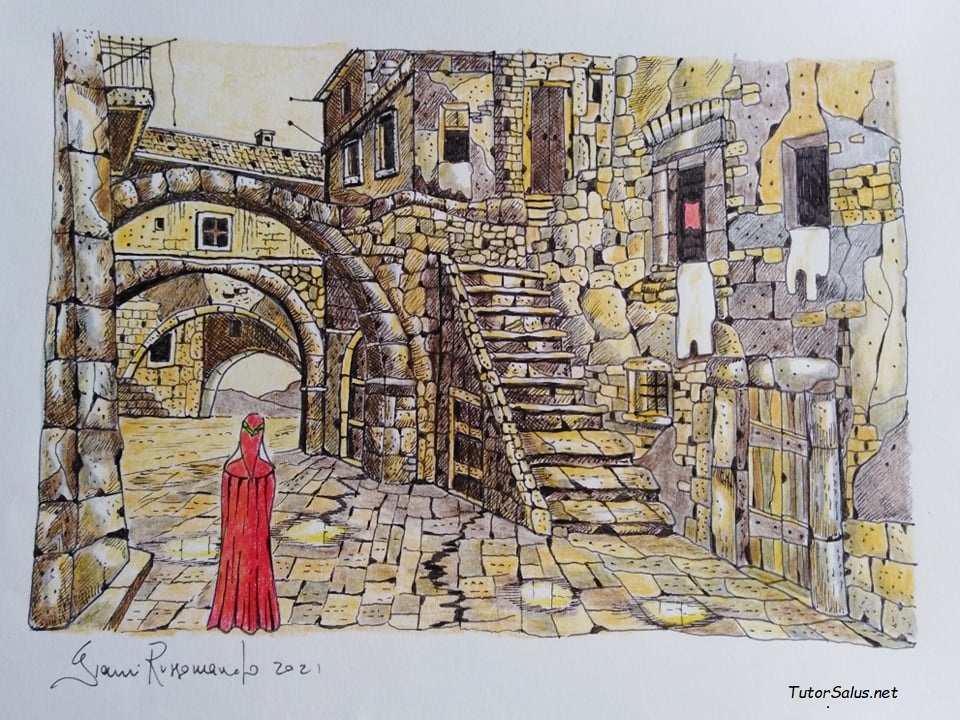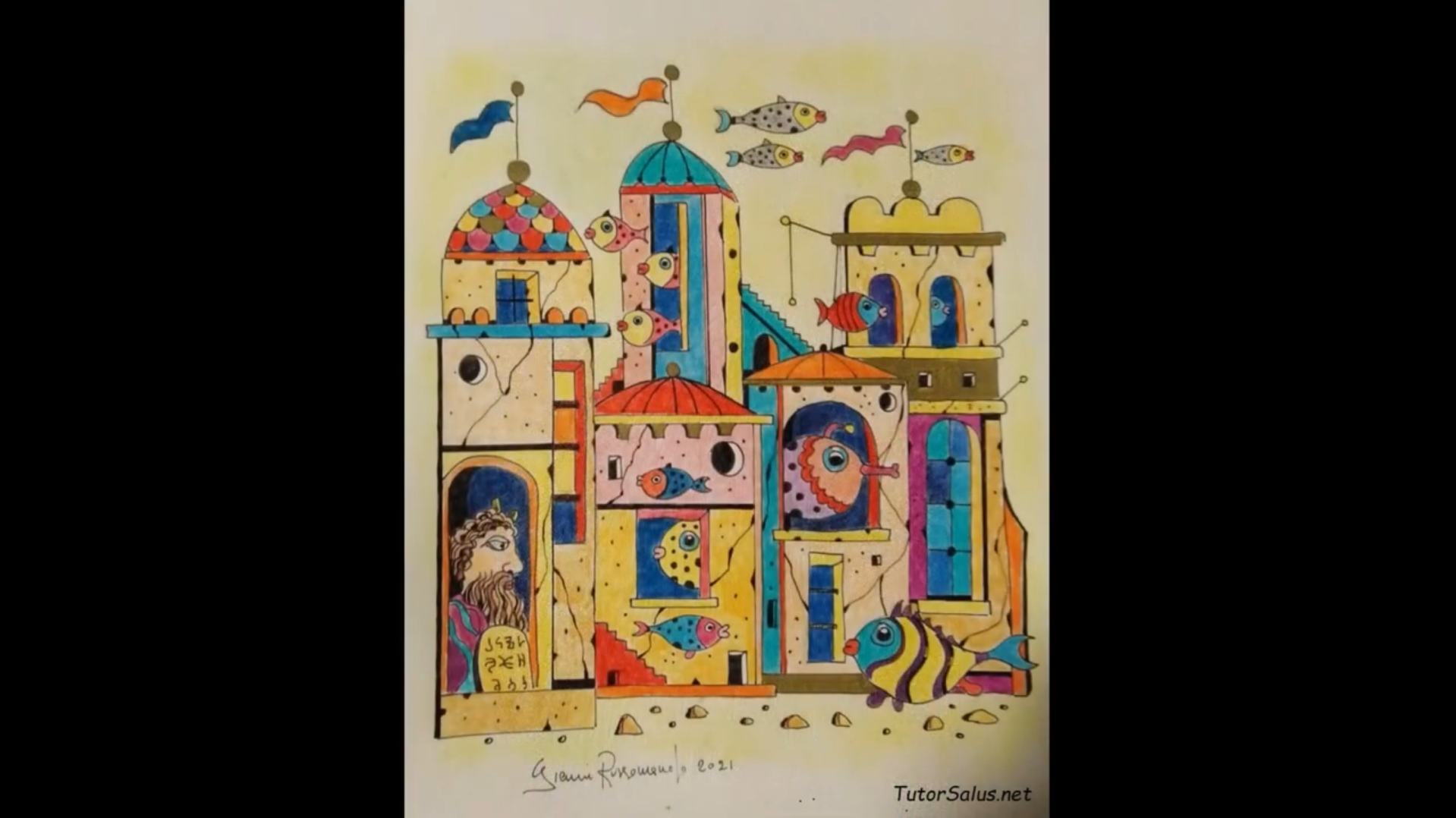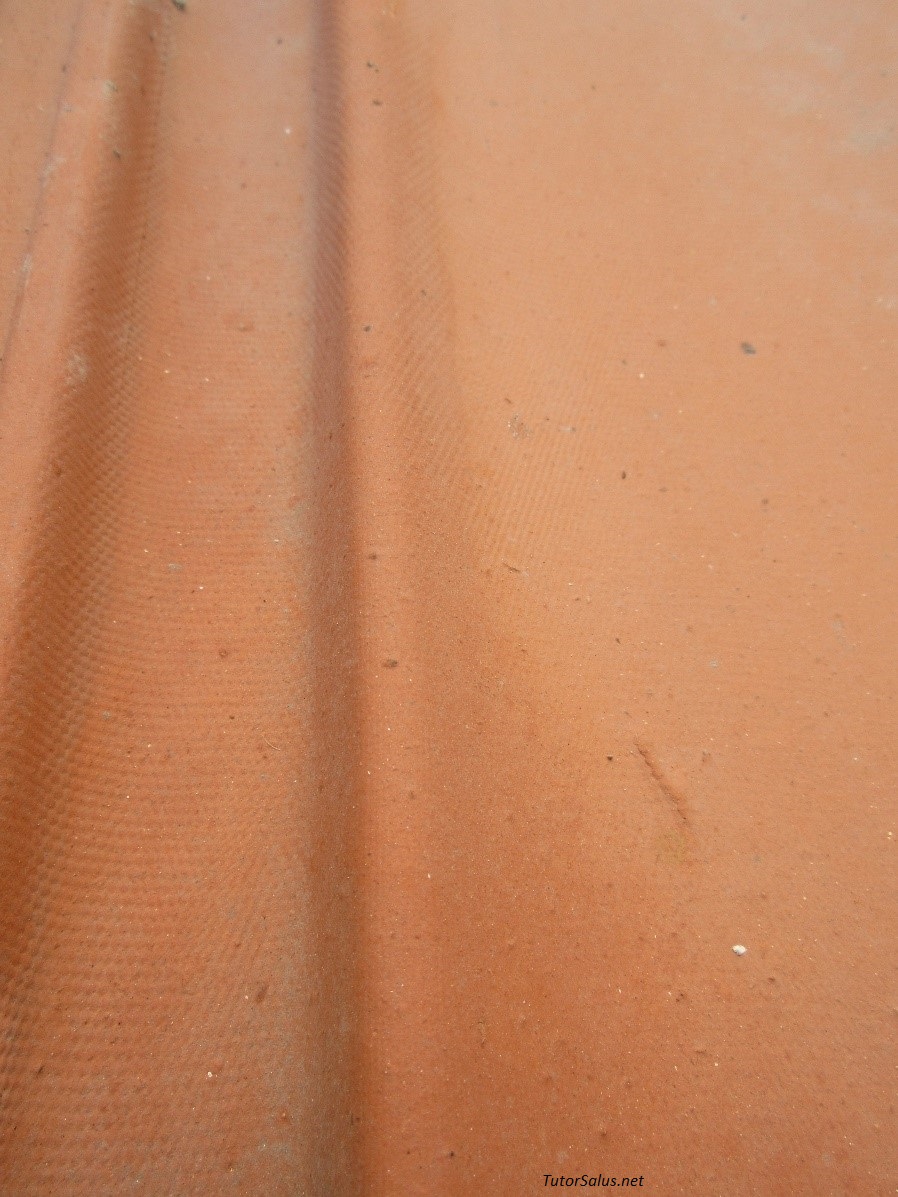https://www.youtube.com/watch?v=NHqgISJTMMk ‘Clio and Maurice’ playing “Lost” and “Fragile” during ‘Un festival digitale 2020’ @Glassa. Video condivided from youtube channel of ‘Caramello’-Milano https://www.instagram.com/caramello.mi
‘Clio and Maurice’ so describe themselves : “ …an impossible duo, voice and violin fight and then melt themselves, looking for a shape for both. Composed by soul singer Clio Colombo and violinist Martin Nicastro (Pashmak) their project is born in 2017.” “The most difficult thing from the beginning was to succeed in making a whole by two different instruments, as voice and violin which traditionally play the same role, the solo into a musical composition. What we tried to do is to make this difficulty just an opportunity : so that, sometimes you can feel such a dialogue between the two and sometimes then just one of the two supersedes.” The songs on video we cite here from ‘Un festival digitale 2020’ are “Lost” and “Fragile” : their mediterranean sound play on interesting, correct and logical, not excessive meaning, notwithstanding the item could be ‘lost’ just in a musical persuasion… We haven’t here a ‘victim’, then : there is someone able to speak to his, or her partner : that is to me a good beginning to that defense that even child realize. We have adults banalizing what to the children is addressed, but on the contrary children don’t ever lack the logic of a speech, whatever is packed : and then we have children no more able to speak to their adults. Protagonist here is Clio voice, while the violin is listening and does it well, that is intervening adequately : nowadays a competence in listening is in hiding.
“Producing just a single sound can be the simplest, or on the opposite a real challenge! Just the production of a sound is a technical matter, linked with our human anatomy or to the functioning of an instrument; but succeeding in catch its fades and get a new sound is a special not only technical work and has much to do with oneself history and art.” Do you mean your own listening experience ? As a matter of facts they are absolutely single experiences : then they can be invested, once elaborated as in any human relationship. What did you get to invest in music? “We can say people we met, experiences : a relation with a very special teacher, or the support after a successful concert are what really help us in this sometimes quite difficult way.” We often see, in the primary schools but also before among little children, a division in learning : we have on one hand very able children in mathematic and also digital questions solving but, on the other hand we have children suffering just facing the reproduction of numbers or alphabetical letters.
What is your experience with learning at school ? “That remind us a long time ago! But we can offer our daily experience as music teachers, especially in the past year when learning has been heavily supported by technology . Media – old and new – can certainly change how our mind work but when the school does succeed in receive the challenge, as it was for ‘didactics by distance’ you have just to gain.” What about space and architecture in music? We have very near in Cremona, the restructuration of the ex ‘Assembly Hall” in 20’s with very bad acoustics : now we have the excellence of ‘Auditorium Arvedi’. “Sound and music can exist just referring to a space, then spaces count so much! And in relation to them also the way a musician play is different, not only our listening experience. We haven’t ever been at ‘Auditorium Arvedi’ in Cremona, but we are so curious about.” Covid19 pandemic in Europe has been roughly asking a common politics address for an economic recovery and then the approval for a specific Fund for investments, that is now ‘Next Generation EU’ : what do you propose about ? “Investments in musical culture and in live music, which in Italy is so discriminated by politicians. If something we do hope is that our society could realize, in the past pandemic year, how precious is any opportunity for meeting and people condivision or aggregation and music is at first place.”
‘Clio and Maurice’ begun soon in 2017, as the project was born, to play in some of the most special places in Milan (‘Arci Biko’, ‘Mare Culturale Urbano’, ‘Love’, ‘Gattò’). In 2018 they’ve been in tour in France, Germany, Netherland : at the beginning of 2019 they went to Morocco for a tour with eight concerts, while in the second half of the year they played in London, Berlin and Glasgow. In January 2020 their first single was edited, that is “Lost” and video was as an exclusive on ‘Rolling Stone Italia’, then broadcasted in high rotation on ‘MTV Music Italia’.
For their second singolo, “Friend”, ‘Rockit’ www.rockit.it the first portal of music in Italy, described them as “the Italian way to ‘avant-pop’ ” . November 6, 2020 their first EP, “Fragile” was edited and ‘Rockit’ included it among the best 50 records of the year. Their next concert will be in Milan on June 17, at ‘Mare Culturale Urbano’.
Marina Bilotta Membretti, Cernusco sul Naviglio June 12, 2021
“Lost” (2020), words and music by Clio Colombo – Martin Nicastro
Hold, it's under control, I Won't be counting this glass, (I)
Right, I lost my mind Try and find what Goes on inside
Wait, I said "follow my lead"
Wait, I know it's a defeat, oh
Hold, this time I won't fast, I Know it's all in the past, ah
Wait, I said "follow my lead"
Wait, I know it's a defeat, oh I've lost my mind
Hold, this won't be the last time Lost all hope to heal fast, (I)
Wait, I said "follow my lead"
Wait, for I have lost my mind I've lost my mind
For
I, Have lost my Mind
“Fragile” (2020), musica e testo di Clio Colombo – Martin Nicastro
Can you Make me feel the same as you?
Can you Try to stop me from this loop?
Don't cry so loud, my dear They'll hear your pain
I'll fake it all, won't let Them see, not now C
an you Find anyone who bleeds like you (like you)?
Told you Stop to pretend, it's not the end Don't cry so loud, my dear
They'll hear your pain I'll fake it all, won't let
Them see, not now
Don't tell me to feel the hunger now I won't make it
Don't hold me fast, give it time to rest
Or you'll break me Don't cry so loud, my dear
They'll hear your pain I'll fake it all, won't let
Them see, not now I told you not to count me in
'Cause I'm fragile, I'm fragile, I'm fragile, fragile
Fragile, fragile, I'm fragile, fragile
Fragile, I'm fragile, I'm fragile, so fragile
Fragile, fragile, fragile, so fragile




